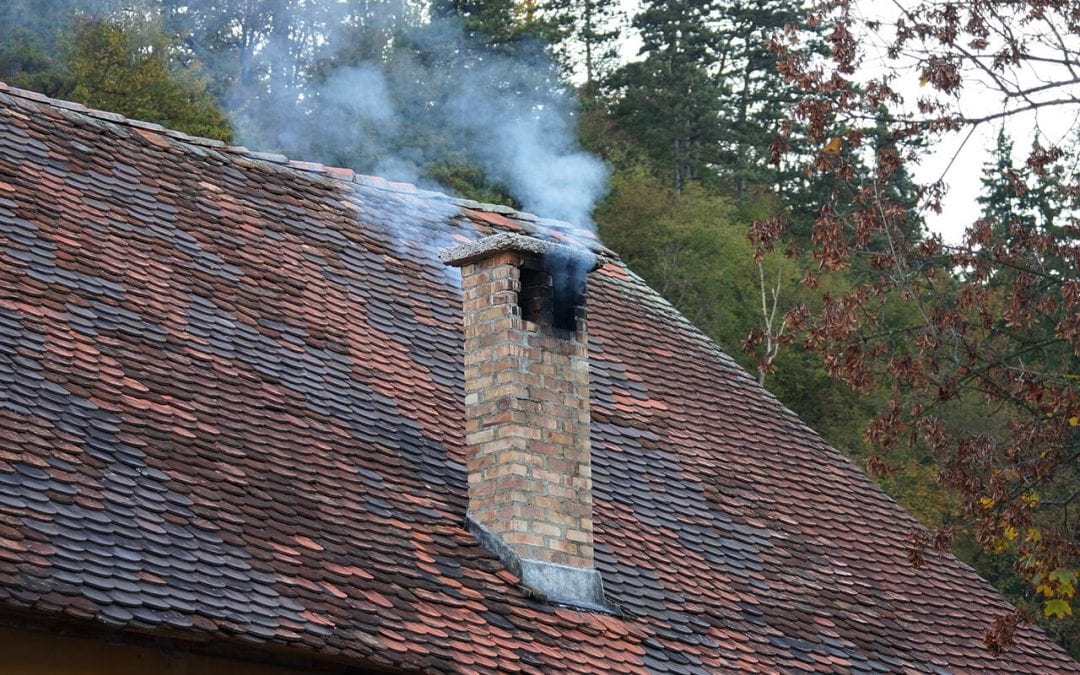The US reports over 25,000 chimney fire incidents each year causing $125 million in property damage and losses. In severe events, a chimney fire could completely burn down the house. Here are some ways to prevent chimney fires and protect your property.
Reduce the Buildup of Creosote to Prevent Chimney Fires
The first step in preventing chimney fires is minimizing creosote buildup. Creosote is a flammable substance that is a byproduct of burning wood. A thick buildup of the creosote is likely to catch fire when exposed to very high temperatures.
To reduce creosote buildup, burn only seasoned hardwoods as opposed to softwoods or fresh wood. Let firewood dry for at least six months so it has a moisture content of less than 20%. A wood moisture meter will come in handy to determine the level of moisture in your wood. Keep the damper open to promote airflow. Most importantly, insulate your chimney flue liner.
Regular Chimney Inspection
As a homeowner, it is a good idea to schedule an annual inspection of your stove, chimney, and fireplace. The inspector will look for defects like a cracked chimney flue liner that could cause a chimney fire.
Cleaning your chimney will remove any creosote buildup. A thorough inspection will identify possible chimney fire threats so you can make repairs before damage occurs. Also, consult with a professional chimney sweep to establish the best cleaning and inspection plan to prevent chimney fires.
Install a Chimney Cap
Bird nests and leaves build up in the chimney flue over time. These leaves and nests may come into contact with hot embers from the fire and present a substantial risk of a fire in the flue.
A chimney cap around the flue opening will help to filter out the debris. The cap will also keep your chimney from back puffing. Back puffing is when smoke re-enters your home rather than exhausting through the flue. Caps also protect your chimney from corrosion by acidic rainwater.
Use Safe Fire Starters
When picking the type of fuel for your stove or fireplace, safety should be your top priority. Use dry, seasoned hardwood as your source of fuel. CSIA-approved logs are safe alternatives.
Kerosene and gasoline are highly flammable and could quickly result in an out-of-control fire in your chimney. Avoid using cardboard, cloth, or glossy paper as kindling in your fire.
Clean Burning to Prevent Chimney Fires
A clean fire has more flame and less smoke. Fires that burn slowly and at low temperatures cause a higher buildup of creosote in the flue. For best results, arrange the logs in the top-down technique. In this method, large logs are in a vertical position with four layers of kindling placed horizontally. Always extinguish the fire before going to bed.
Following these fire safety tips will help to prevent chimney fires so that you can enjoy your fireplace all winter long.
Guardian Home Inspection Services provides home inspection services to Southwest Michigan. Contact us to schedule an appointment.

